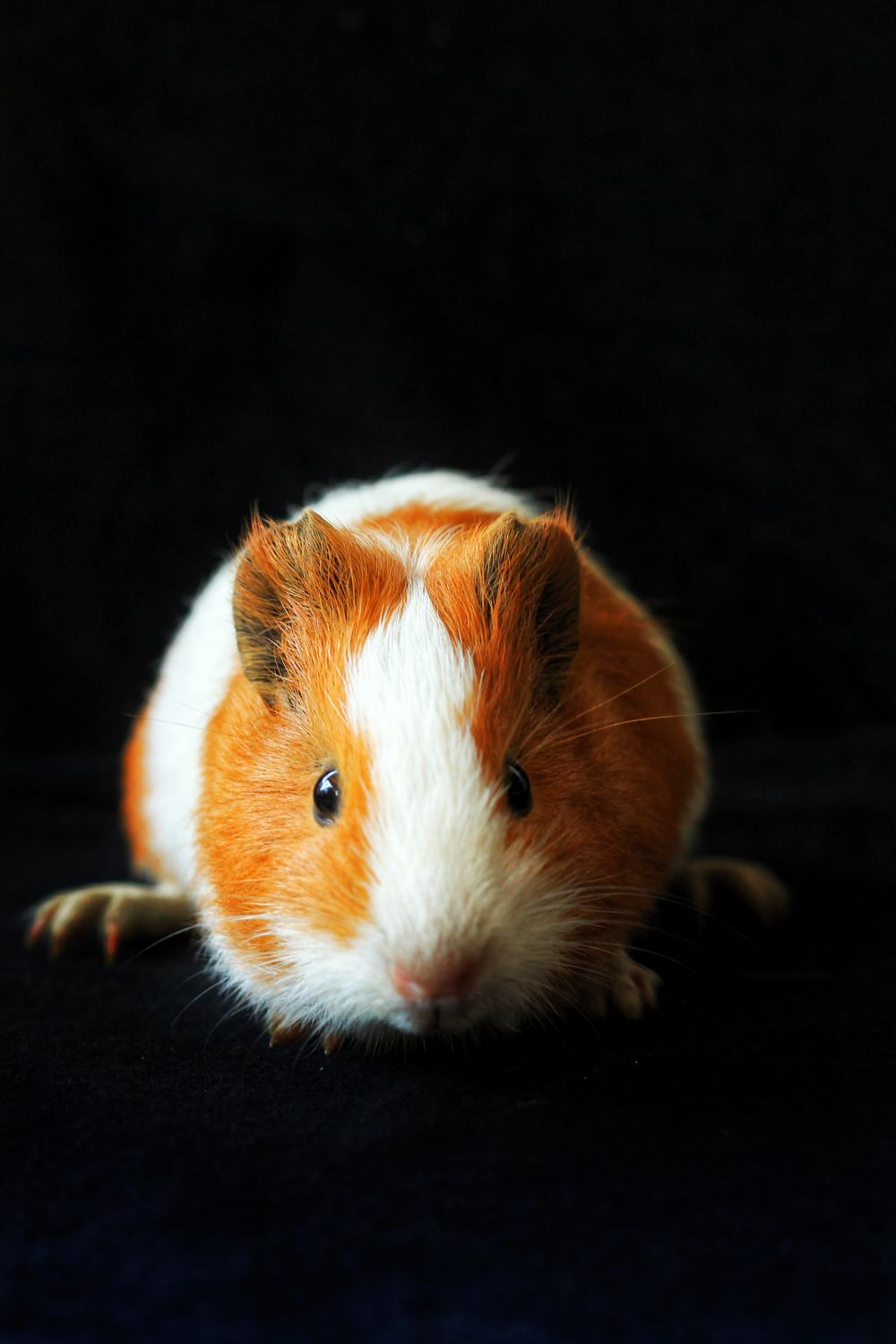Sand hamster, also known as gerbil or desert rat, is a small rodent that is native to the sandy desert regions of Asia and Africa

These tiny creatures have gained popularity as pets due to their adorable appearance and easy maintenance. In this article, we will delve into the world of sand hamsters, exploring their different types, popularity, quantitative measurements, variations, and a historical overview of their advantages and disadvantages.
I. Overview of Sand Hamster
Sand hamsters are small, burrowing rodents that belong to the subfamily Gerbillinae. They have adapted well to their desert habitat, with their fur and kidneys allowing them to conserve water efficiently. Their small size, ranging from 4 to 6 inches in length, makes them suitable for captivity in small enclosures.
II. Presentation of Sand Hamster

1. Types: There are several species of sand hamsters, including the Mongolian gerbil, Turkish gerbil, Egyptian gerbil, and Fat-tailed gerbil, among others. Each species has its own unique characteristics and care requirements.
2. Popularity: Sand hamsters have gained popularity as pets due to their friendly nature and low maintenance. Their small size makes them suitable for households with limited space, and their playful and curious personalities make them enjoyable companions.
III. Quantitative Measurements of Sand Hamster
Understanding the various quantitative measurements associated with sand hamsters is crucial for their proper care and well-being.
1. Lifespan: On average, a sand hamster can live for about 3 to 4 years in captivity, though some have been reported to live up to 5 years.
2. Size and Weight: Sand hamsters typically weigh around 70 to 120 grams, with males being slightly larger than females. Their size and weight may vary depending on the species and individual genetics.
3. Reproduction: Female sand hamsters can give birth to litters of 3 to 6 pups, with gestation periods lasting approximately 26 to 40 days. It is essential to understand the mating and breeding patterns to prevent complications and ensure the well-being of both the mother and pups.
IV. Discussion on Variations among Sand Hamsters
While sand hamsters share common traits, there are noticeable variations among different species and individuals:
1. Fur Color: Sand hamsters can have various fur colorations, including shades of gray, brown, and white. Some species, such as the Egyptian gerbil, have a distinctive black stripe on their backs.
2. Tail Lengt The length of the sand hamster’s tail can vary. For instance, the Fat-tailed gerbil has a shorter and fatter tail compared to other species.
3. Activity Levels: Some sand hamsters are more active during the day, while others are nocturnal. Understanding these differences can help owners provide appropriate care and stimulation.
V. Historical Overview of the Pros and Cons of Different Sand Hamsters
1. Advantages: Sand hamsters, in general, make excellent pets due to their friendly and sociable nature. They are relatively easy to care for, require minimal grooming, and have low odor levels. Furthermore, their small size makes them suitable for households with children or limited space.
2. Disadvantages: Sand hamsters can be prone to health issues if not provided with a proper diet and environment. Some species, like the Fat-tailed gerbil, may be more challenging to handle due to their thick tail, which can be easily injured.
In conclusion, sand hamsters are fascinating creatures that make delightful pets for individuals and families alike. Their qualities of adaptability, companionship, and low maintenance requirements have made them popular choices. By considering the variations and historical aspects of sand hamsters, potential owners can make informed decisions about caring for these charming rodents.

















